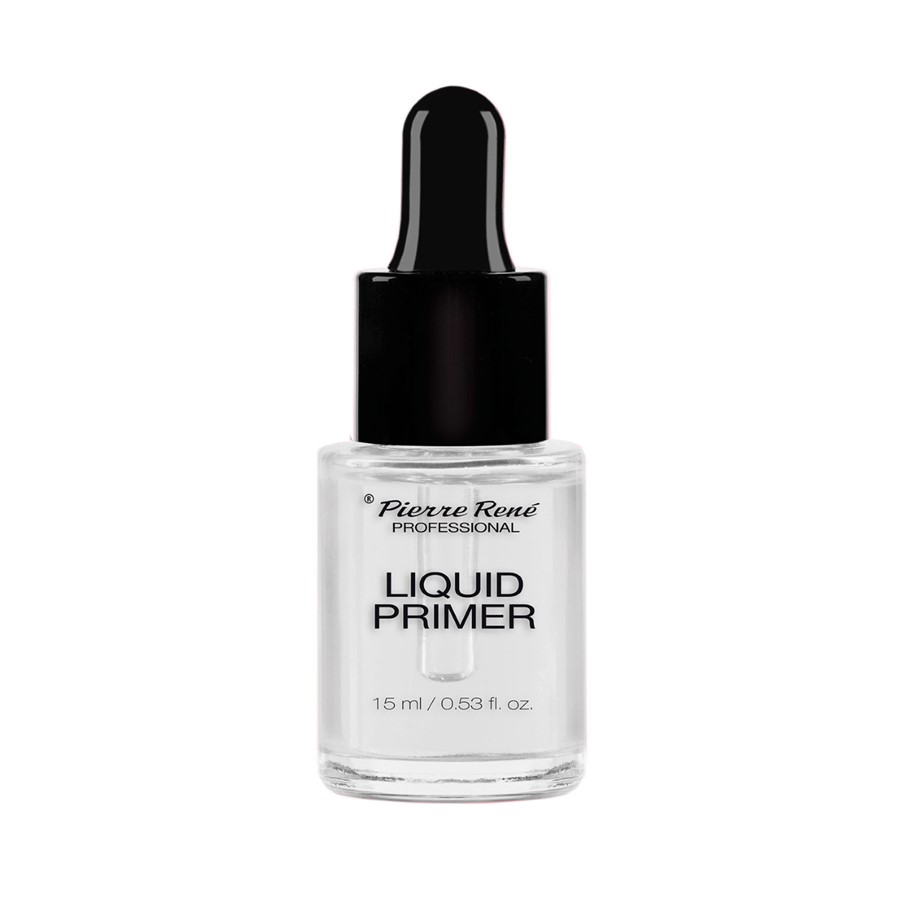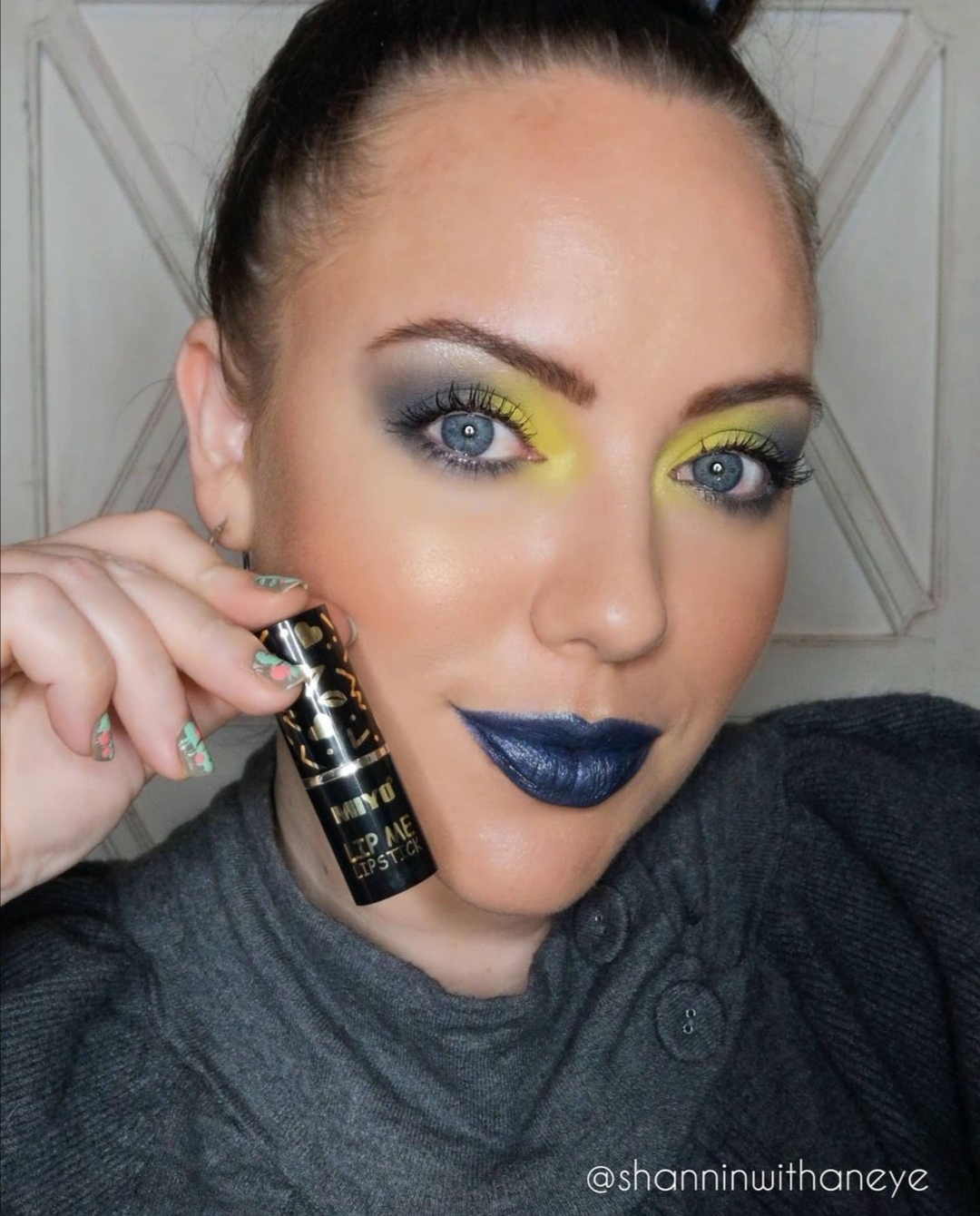Not sure if anyone else has experienced trying to get Vitamin D tablets this year but where I live they are all sold out – even with a prescription I can’t get any! This left me thinking maybe if I lie in the sun for a certain amount of time every day AND eat all the necessary food containing Vitamin D I might not need the tablets. But how long do I need to be in the sun for exactly? And what foods must I eat? And will it damage my skin? Read the post as I try and address these concerns that I have and please let me know if you have any others.
![Vitamin D [and] Sun Exposure 2 vitamin D](https://www.glamorecosmetics.com/wp-content/uploads/2020/10/vitaminDsun.jpg)
Vitamin D
Spending time outdoors is often difficult for those of us who spend most of our days under fluorescent lights. But the truth is, keeping cooped up indoors all day may be harmful to your health! The bad news is that if you don’t get outside and expose your skin to the sun, it may result in low vitamin D.
If you don’t get enough vitamin D, it can affect the way you feel and how well you perform, which makes this vitamin crucial – these are some things it does:
- Increase bone health along with the help of calcium
- Increase muscle mass and strength
- Increase the size and number of the muscle fibers that are used for short bursts of speed and power
- Improve lower body strength
- Builds strength in your legs (along with calcium)
- Prevents falls
- Regulates the immune system and protects against certain diseases
![Vitamin D [and] Sun Exposure 3 vitamin d tablets](https://www.glamorecosmetics.com/wp-content/uploads/2020/10/pexels-pixabay-159211-1024x683.jpg)
According to the National Health and Nutrition Examination Survey (NHANES), the majority of Americans are deficient in vitamin D. The recommended daily intake is 600 IU, but if your vitamin D levels are low, you may need to take much more (up to 2000 IU has been recommended). The only way to know whether your vitamin D levels are adequate is to have your blood levels checked.
What is important to know about vitamin D production via sun exposure?
Your body naturally makes vitamin D when your skin is exposed to sunlight. The form of vitamin D that you get from the sun is called D3 (also known as cholecalciferol), which is derived from cholesterol.
The amount of vitamin D you get from exposing your bare skin to sun is dependent on several factors. They are:
1) Where you live
The closer to the equator you live, the easier it is for your body to synthesize vitamin D from the sun’s rays all year round. For instance, if you live at a northern latitude like Anchorage, Alaska, your body would create less vitamin D during the winter than someone who lives in Miami, because Florida has more exposure to UVB rays that are necessary to produce vitamin D.
2) The amount of skin you expose
If you wear clothing that covers most of your skin, you may be at risk for vitamin D deficiency. This also means that people who train indoors during winter months may have to dig into their bodies’ vitamin D stores if they don’t consume enough, which further increases their risk for deficiency. Cloudy weather can also be a problem because fewer UVB rays reach your skin on cloudy days.
![Vitamin D [and] Sun Exposure 4 Vitamin D [and] Sun Exposure 2](https://www.glamorecosmetics.com/wp-content/uploads/2020/10/pexels-engin-akyurt-1493211-1024x683.jpg)
3) The color of your skin
People who have darker skin may also have trouble synthesizing vitamin D from the sun. The pigment melanin, which is more prevalent in people with darker skin, reduces your body’s ability to make vitamin D in response to sunlight exposure. Essentially, this means that people who have pale skin produce vitamin D more quickly than people with darker skin. Skin-color typology is generally arranged into the following categories:
- Type I – White; very fair; red or blond hair; blue eyes; freckles
- Type II – White; fair; red or blond hair; blue, hazel, or green eyes
- Type III – Cream white; fair; with any eye or hair color; very common
- Type IV – Brown; typical Mediterranean Caucasian skin
- Type V – Dark Brown; mid-eastern skin types
- Type VI – Black
In the context of vitamin D production, if you have skin type I to III, you produce vitamin D more quickly than if you have skin type IV to VI. A good rule of thumb is to get half the sun exposure it takes for your skin to turn pink to get your recommended amount of vitamin D. After you have exposed your skin for enough time, cover up with clothing and go back into the shade. A dark-skinned person might need 10 times more sun exposure than a lighter-skinned person to produce the same amount of vitamin D.
![Vitamin D [and] Sun Exposure 5 Vitamin D [and] Sun Exposure 3](https://www.glamorecosmetics.com/wp-content/uploads/2020/10/landscape-1490784788-carine-may-issue-colour-contrast-afro-lipstick-natural-hair-1024x512.jpg)
4) The time of year and day
When the rays of the sun enter the Earth’s atmosphere at a steep angle, UVB rays are blocked. This occurs during the early and later parts of the day, and most of the day during the winter. So, if you want to increase your vitamin D, expose your skin to the sun closer to midday to allow for maximum production.
5) Season
Americans’ vitamin D levels vary throughout the year, peaking in August and receding around February. In general, vitamin D levels have been shown to be the lowest during the winter months. In the summer, when the Earth rotates, the angle of sun hitting the atmosphere is optimized for vitamin D production because more UVB reaches the places far away from the equator.
6) Duration
It is estimated that we should get more than 90 percent of our vitamin D through daily sun exposure. According to the national Institutes of Health, between five and 30 minutes of sun exposure to your unprotected face, arms, legs or back between the hours of 10 a.m. and 3 p.m. two to three times every week is enough for your body to produce all of the D3 it needs.
7) Sunscreen
Sunscreen can block vitamin D production. If you want your skin to absorb UVB rays that are necessary to synthesize vitamin D3, you can’t wear sunscreen. In fact, studies have found that sunscreens with sun protection factor (SPF) 8 or higher block our skin’s ability to produce vitamin D from sunlight by as much as 95 percent.
![Vitamin D [and] Sun Exposure 6 sunscreen](https://www.glamorecosmetics.com/wp-content/uploads/2020/10/pexels-rfstudio-3618606-1024x683.jpg)
8) Skin cancer
However, it’s important not to overdo your sun exposure due to the risk for skin cancer. And maybe being in the sun doesn’t work for you – I know I don’t actually enjoy the sun – so what are my other choices? You can acquire vitamin D from a combination of diet and supplements. Fatty fish such as salmon, mackerel and tuna are especially good sources. Small amounts are also present in egg yolks, beef liver and cheese. And many common foods such as milk and orange juice are fortified with vitamin D.
![Vitamin D [and] Sun Exposure 7 vitamin D containing foods](https://www.glamorecosmetics.com/wp-content/uploads/2020/10/pexels-gotta-be-worth-it-5209866-1024x681.jpg)
![Vitamin D [and] Sun Exposure 8 Vitamin D [and] Sun Exposure 4](https://www.glamorecosmetics.com/wp-content/uploads/2020/10/pexels-ponyo-sakana-4194610-1024x683.jpg)
Because of the dangers of excess sun exposure, you might want to talk to a physician to see if taking a supplement is the right choice for you. In the case of supplements, vitamin D is available in two forms: D2 and D3. Since most steps involved in the metabolism of vitamin D2 and D3 are nearly identical, the two forms have traditionally been regarded as equivalent.
I am wary of the sun as there is cancer in my family plus having sensitive skin doesn’t survive well in the sun – you can read about sensitive skin in my last blog post. I would rather focus on trying to get concentrated Vitamin D, when possible and eat as much foods that I know contain high levels of Vitamin D.
Have you experienced any vitamin D deficiency symptoms? Or do you get your vitamin D fix from the sun – let me know in the comments.
Chat soon
Gaelxxx
![Vitamin D [and] Sun Exposure 1 Vitamin D [and] Sun Exposure 1](https://www.glamorecosmetics.com/wp-content/uploads/2020/10/pexels-belle-co-785066-scaled.jpg)



